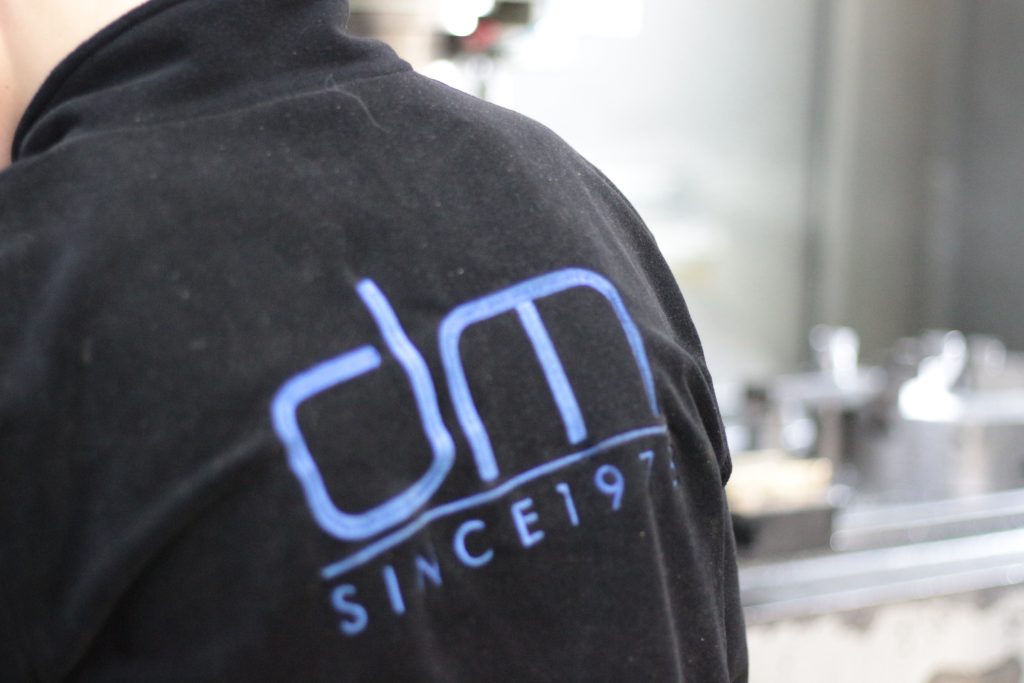Machining It is one of the most important production processes of today's industry. The selection of materials used in this process, their machinability properties and in which sectors they are used are of great importance. In this article, we will group the materials used in machining, evaluate them according to their machinability properties and discuss in which sectors they are used.
1. Steels
Steels are one of the most commonly used materials in machining. The machinability of steels varies depending on their carbon content and alloying components. Steels used in machining can be generally divided into the following groups:
- Carbon Steels: They are grouped according to their low, medium and high carbon content. Low carbon steels (e.g. RST37-2) offer high machinability but low strength. High carbon steels (e.g. 1.0570) are more difficult to machine, but more durable.
- Alloy Steels: For example, steels such as 42CrMoS4 can be more difficult to machine due to their hardened alloys, but offer high strength and impact toughness. They are generally preferred in the automotive, energy and defence industries.
Areas of Use: Automotive, defence industry, heavy machinery production, construction sector.

2. Stainless Steels
Stainless steels are known for their high resistance to corrosion. They are difficult to machine in machining because the material has high hardness and elasticity. These steels require slower cutting speeds and higher cutting forces when machining.
Areas of Use: Food and pharmaceutical industry, chemical industry, maritime industry, medical device production.
3. Aluminium
Aluminium is a lightweight material that is easy to process in machining. It has high thermal conductivity and chip formation is generally uniform. Aluminium alloys are widely used in the automotive and aerospace industries, offering high strength and low density. It also has good machinability with low energy consumption.
Areas of Use: Aviation, automotive, electronics, construction sector.
4. Copper and Copper Alloys
Copper is a metal that offers high conductivity and machinability. It is relatively easy to process in machining, but special cutting tools should be used for operations requiring surface precision. Copper's electrical and thermal conductivity makes it indispensable in electrical equipment and cooling systems.
Areas of Use: Electrical and electronics, HVAC systems, construction industry.
5. Titanium
Titanium alloys are one of the most difficult materials to machine in machining. It provides high strength, light weight and corrosion resistance, but high heat is generated during cutting and abrasive tools must be used. Despite its low machinability, it is especially preferred in the medical implants and aerospace industry due to its biocompatibility and durability.
Areas of Use: Aerospace, medical devices, defence industry.
6. Plastics
Plastics used in machining are generally called engineering plastics and are much easier to process than metal materials. During the processing of plastics, low cutting speeds are preferred in order not to damage the material structure.
- POM (Polyacetal): Excellent dimensional stability and machinability. Generally used in the automotive and electronics industry.
- PTFE (Teflon): Known for its low coefficient of friction and chemical resistance. It can be difficult to process, but is common in the chemical and food industries.
Areas of Use: Automotive, electronics, chemistry, food industry.
7. Cast Iron
Cast iron is a material frequently used in machining. It is known for its high hardness and strength, but is difficult to machine. It is often used in the production of heavy machine parts.
Areas of Use: Machinery production, automotive sector, agricultural machinery.
As a resultThe machinability of materials used in machining depends largely on the type of material and the area of use. Materials such as steels, aluminium, copper and titanium have special application areas in different sectors. In material selection, solutions suitable for the sector should be developed by considering machinability, durability and conditions of use.
In this article, we have tried to classify and examine the materials in order to increase the efficiency of machining and to guide the correct material selection. Machining Choosing the right material is critical for the best results in the industry.
Keywords:
- Machining
- Machining materials
- Machining machinability
- CNC machining materials
- Machining sector



